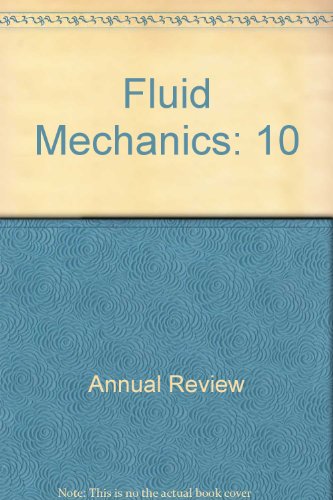The Influence of Boundaries on Gravity Currents and Thin Films: Drainage, Confinement, Convergence, and Deformation Effects
IF 30.2
1区 工程技术
Q1 MECHANICS
引用次数: 13
Abstract
Thin film flows, whether driven by gravity, surface tension, or the relaxation of elastic boundaries, occur in many natural and industrial processes. Applications span problems of oil and gas transport in channels to hydraulic fracture, subsurface propagation of pollutants, storage of supercritical CO2 in porous formations, and flow in elastic Hele–Shaw configurations and their relatives. We review the influence of boundaries on the dynamics of thin film flows, with a focus on gravity currents, including the effects of drainage into the substrate, and the role of the boundaries to confine the flow, force its convergence to a focus, or deform, and thus feedback to alter the flow. In particular, we highlight reduced-order models. In many cases, self-similar solutions can be determined and describe the behaviors in canonical problems at different timescales and length scales, including self-similar solutions of both the first and second kind. Additionally, the time transitions between different solutions are summarized. Where possible, remarks about various applications are provided.边界对重力流和薄膜的影响:排水、约束、收敛和变形效应
薄膜流动,无论是由重力、表面张力还是弹性边界的松弛驱动,都发生在许多自然和工业过程中。应用范围包括水力压裂通道中的油气输送、污染物的地下传播、超临界CO2在多孔地层中的储存以及弹性Hele–Shaw构型中的流动及其相关问题。我们回顾了边界对薄膜流动动力学的影响,重点关注重力流,包括向基底中排水的影响,以及边界在限制流动、迫使其会聚到焦点或变形,从而反馈以改变流动方面的作用。我们特别强调了降阶模型。在许多情况下,自相似解可以被确定并描述规范问题在不同时间尺度和长度尺度上的行为,包括第一种和第二种自相似解。此外,还总结了不同解决方案之间的时间转换。在可能的情况下,提供关于各种应用程序的备注。
本文章由计算机程序翻译,如有差异,请以英文原文为准。
求助全文
约1分钟内获得全文
求助全文
来源期刊
CiteScore
54.00
自引率
0.40%
发文量
43
期刊介绍:
The Annual Review of Fluid Mechanics is a longstanding publication dating back to 1969 that explores noteworthy advancements in the field of fluid mechanics. Its comprehensive coverage includes various topics such as the historical and foundational aspects of fluid mechanics, non-newtonian fluids and rheology, both incompressible and compressible fluids, plasma flow, flow stability, multi-phase flows, heat and species transport, fluid flow control, combustion, turbulence, shock waves, and explosions.
Recently, an important development has occurred for this journal. It has transitioned from a gated access model to an open access platform through Annual Reviews' innovative Subscribe to Open program. Consequently, all articles published in the current volume are now freely accessible to the public under a Creative Commons Attribution (CC BY) license.
This new approach not only ensures broader dissemination of research in fluid mechanics but also fosters a more inclusive and collaborative scientific community.

 求助内容:
求助内容: 应助结果提醒方式:
应助结果提醒方式:


